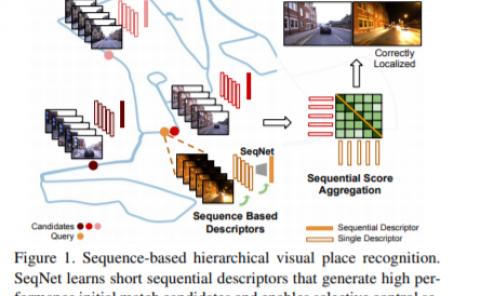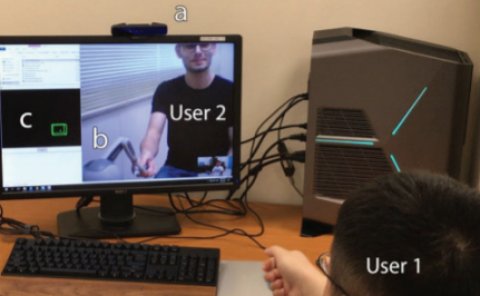Using Gaze Behavior and Head Orientation for Implicit Identification in Virtual Reality
PubDate: December 2021
Teams: University of Duisburg-Essen;
Writers: Jonathan Liebers;Patrick Horn;Christian Burschik;Uwe Gruenefeld;Stefan Schneegass
PDF: Using Gaze Behavior and Head Orientation for Implicit Identification in Virtual Reality

Abstract
Identifying users of a Virtual Reality (VR) headset provides designers of VR content with the opportunity to adapt the user interface, set user-specific preferences, or adjust the level of difficulty either for games or training applications. While most identification methods currently rely on explicit input, implicit user identification is less disruptive and does not impact the immersion of the users. In this work, we introduce a biometric identification system that employs the user’s gaze behavior as a unique, individual characteristic. In particular, we focus on the user’s gaze behavior and head orientation while following a moving stimulus. We verify our approach in a user study. A hybrid post-hoc analysis results in an identification accuracy of up to 75 % for an explainable machine learning algorithm and up to 100 % for a deep learning approach. We conclude with discussing application scenarios in which our approach can be used to implicitly identify users.



